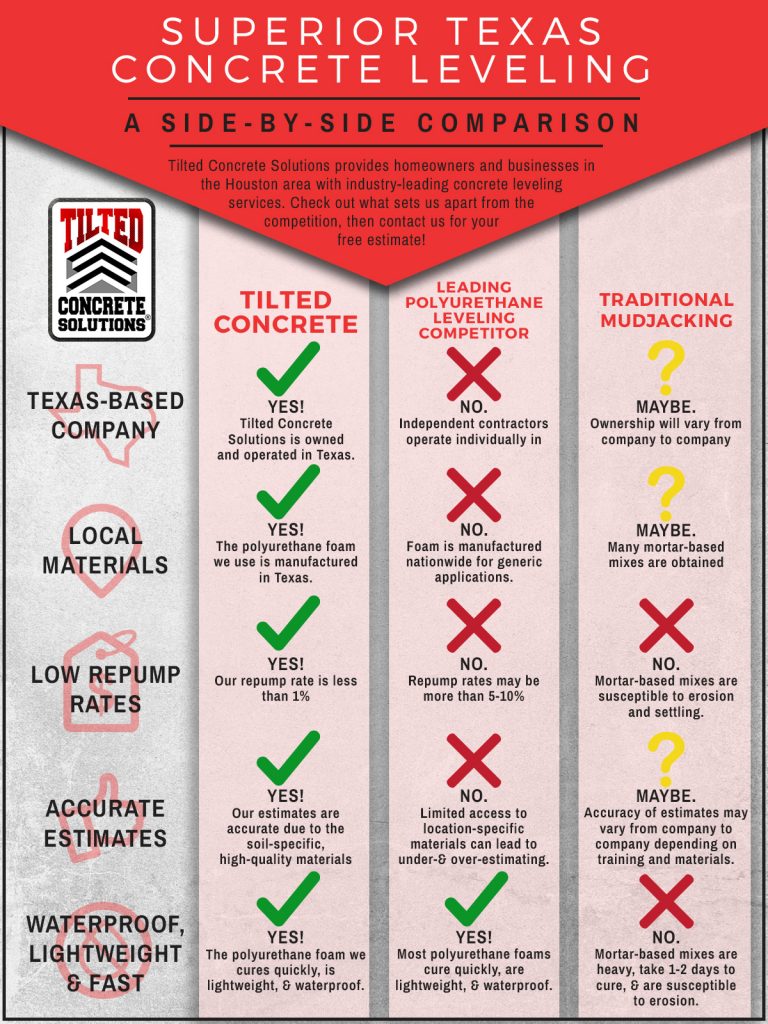Comprehensive Recommendations For Ready-Making Your Walls For Painting
Comprehensive Recommendations For Ready-Making Your Walls For Painting
Blog Article
Authored By-Daugherty Chaney
When you're prepping your wall surfaces for painting, it's essential to comply with a methodical procedure to ensure a remarkable surface. Beginning by analyzing the wall for any type of damages; this step can make or break your task. When you have actually identified any type of issues, cleansing the surface correctly is important, as a dirty wall can affect paint attachment. After that, you'll need to spot any type of imperfections and apply a guide. But there specify strategies and ideas that can raise your prep work game-- let's explore those more to accomplish the most effective results.
Assessing Wall Problem
Prior to you get your paintbrush, take a minute to assess your walls' condition. Look for any type of noticeable damage like fractures, holes, or peeling paint. These flaws can affect just how the paint adheres and looks when it's dry. If you observe any kind of considerable damage, you'll require to prioritize repair work before diving into painting.
Look very closely at the texture of your walls. Is the surface area smooth, or is there appearance that might need special factor to consider? Smooth wall surfaces generally require much less prep, while textured surface areas might need more time to paint uniformly.
Also, take into consideration the previous paint task. If the old paint is glossy, it mightn't allow new paint to stick appropriately. You'll would like to know if your wall surfaces have been repainted with oil-based or water-based paint, as this can influence your selection of guide or paint.
Ultimately, bear in interior painting companies of any dampness concerns. If you see indicators of water damages or mold and mildew, address these issues promptly to prevent additional problems.
Cleaning the Surface area
As soon as you have actually analyzed the condition of your wall surfaces, the following step is cleansing the surface area. Beginning by gathering your materials: a pail, cozy water, a moderate cleaning agent, a sponge or cloth, and a scrub brush for harder spots.
Begin on top corner of the wall surface and work your method down. Mix the detergent with warm water in your bucket, after that dip the sponge or towel right into the service. Wring it bent on stay clear of excessive dampness on the walls.
As you clean, pay close attention to areas that may've built up dirt, grease, or finger prints. For persistent discolorations, use the scrub brush carefully to stay clear of harming the paint underneath. Rinse your sponge or towel frequently in tidy water to prevent spreading out dirt around.
After cleansing, it's important to wipe the wall surfaces with a wet fabric to remove any soap deposit. This step makes sure a smooth surface area for the new paint to comply with.
Permit the walls to completely dry totally prior to going on to the next preparation actions. This detailed cleansing procedure will help develop a fresh canvas for your paint task, ensuring the best results.
Patching and Priming
Patching and priming are important action in preparing your walls for a fresh coat of paint. Initially, evaluate your wall surfaces for any holes, fractures, or flaws. Make https://indoor-painters-near-me10975.ltfblog.com/32261597/revitalize-your-environment-elevate-your-space-with-a-splash-of-color of a high-quality spackling compound or patching paste to fill these locations.
Use the compound with a putty knife, smoothing it out so it's flush with the bordering surface. Enable it to completely dry entirely, and afterwards sand it lightly until it's smooth and even.
As soon as you have actually covered whatever, it's time to prime. Guide aids seal the covered areas, ensuring the paint adheres properly and gives an uniform coating. Select a primer appropriate for your wall kind and the paint you'll be utilizing.
Apply the primer using a roller for bigger areas and a brush for corners and sides. If your covered locations are considerably large or porous, you could intend to apply a second layer of primer after the very first one dries.
After priming, let everything dry extensively before moving on to paint. This prep work will not just improve the appearance of your walls but also extend the life of your paint task.
Take your time, and you'll be pleased with the results.
Final thought
By adhering to these basic steps, you can achieve a smooth and specialist finish on your walls. Begin by evaluating their condition, after that clean and patch any kind of flaws before using primer. Bear in mind to permit appropriate drying time and make certain everything is smooth prior to you study paint. With the right prep work, you'll set the stage for a stunning change in your room. Currently, gather your supplies, breathe in the fresh air, and prepare yourself to paint!
